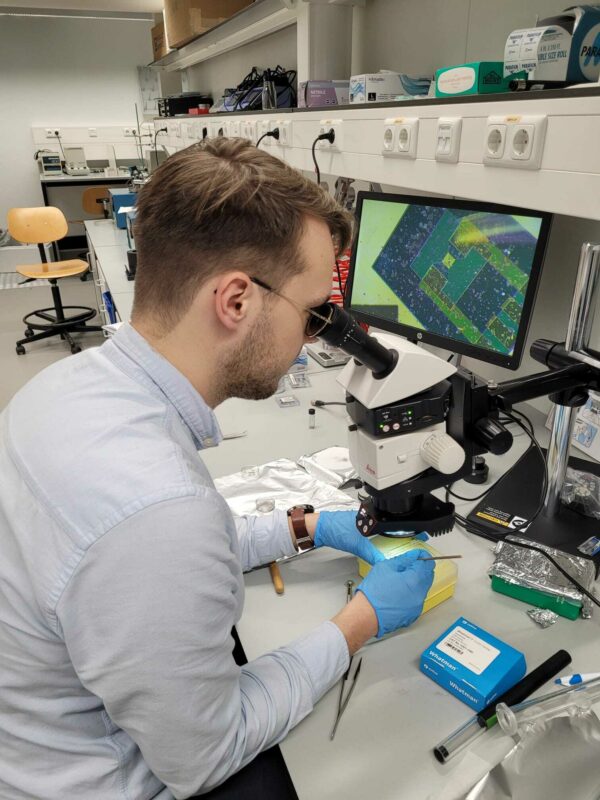The project is aimed at the design of Ni-based catalysts for the thermocatalytic decomposition of methane into hydrogen and carbon nanostructures. These catalysts can be studied in situ in the electron microscope to gain insight into growth and deactivation of individual nanoparticles.

The pyrolytic decomposition of methane to produce hydrogen and functional solid carbon (Carbon Nano Fibers (CNFs)) has received considerable attention in literature from the field of catalysis. The fundamental understanding of the complex catalytic transformations is lacking and needs to be expanded to guide and support the systematic development of novel catalysts. In addition, the interplay of the catalytic conversion with multi-scale (i.e., particle scale and reactor scale) multi-phase transport phenomena pose many scientific and technological challenges, which will be addressed in this multi-lateral ARC CBBC program. My part in this program will be the design of new high carbon yield catalysts. To understand better how to do that, we would like to study the growth and deactivation of individual metal nanoparticles to understand why some nanoparticles are growing a lot of CNFs and why others are immediately deactivating. A powerful tool for this is in situ transmission electron microscopy, where we can image the catalyst itself during the reaction and thus look at the carbon nanostructures formation as it is happening. The insights generated from there will be implemented in the catalyst design to make them more active and (especially) stable.
Partners


